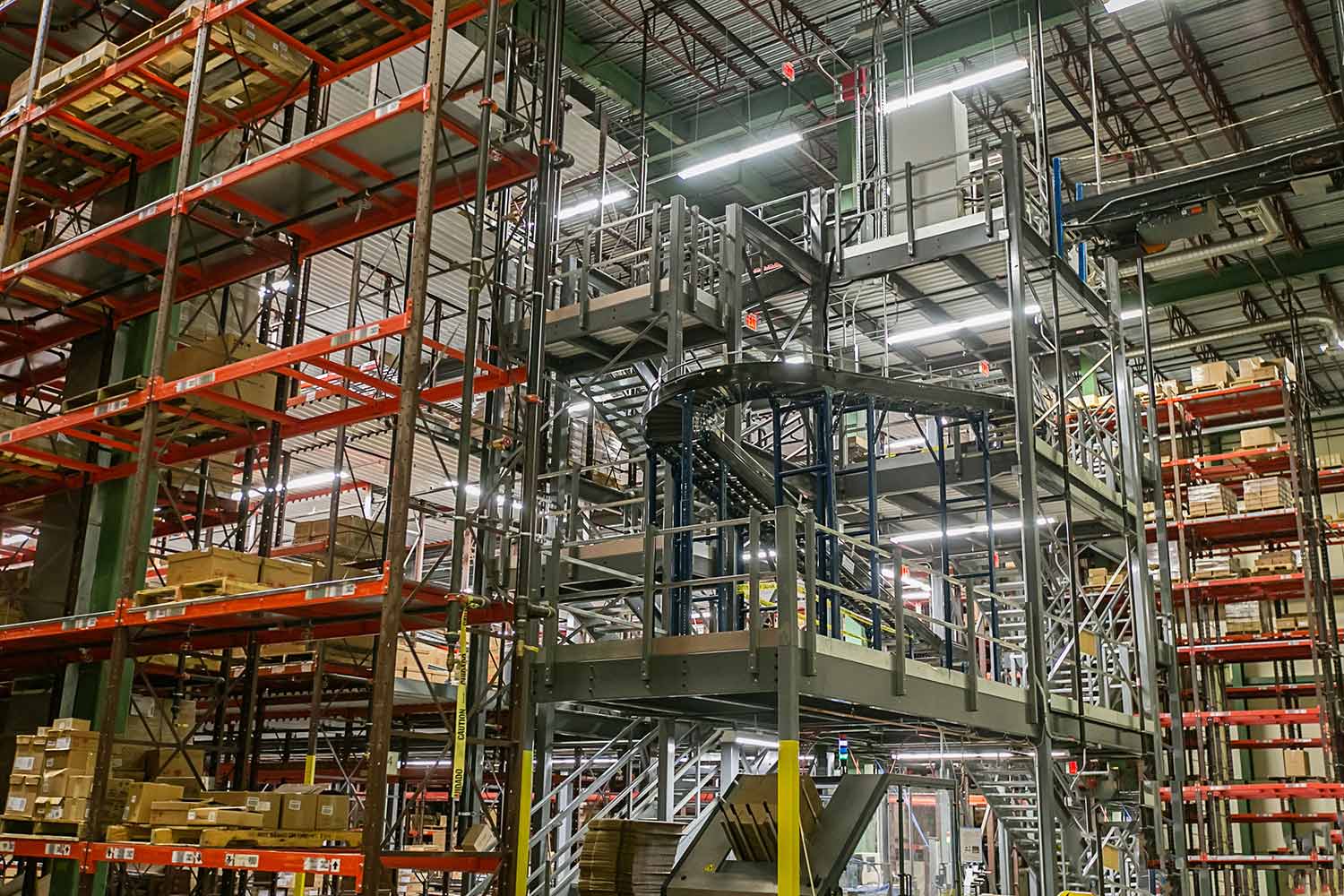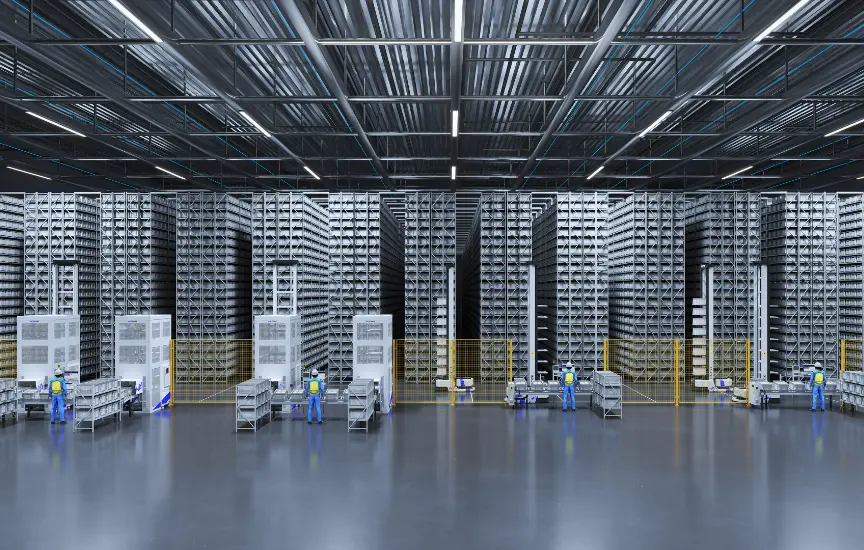
October 19th, 2022
4 min readMicro-Fulfillment Centers – Crucial Capability to Remain Competitive in e-Commerce
Today’s consumer has a new set of expectations, and that includes next-day and same-day delivery of online orders. In the face of labor shortages, aging urban infrastructure, and traffic jams, how can this be accomplished? A critical part of the answer lies with Micro-Fulfillment Centers (MFCs).
Using MFCs involves placing smaller warehouses closer to the consumer in densely populated areas. A micro-fulfillment center localizes inventory from a large distribution center. The MFC’s zone of responsibility may be a few postal codes or similar small region. Micro-fulfillment makes last-mile delivery routes shorter, quicker and less expensive.
How are MFCs Different from Traditional Warehouses?
Size
While traditional warehouses are in the 300,000 square foot range, MFCs are usually 10,000 square feet or less. MFCs typically have inventory for one or two days’ worth of operations, so they must be frequently resupplied.
Automation
Given high real estate costs, high-density storage is another crucial feature to MFCs. For this reason, an automated storage and retrieval system (AS/RS) is typically part of a successful MFC strategy.
The AS/RS enables the warehousing of more goods per square foot than is possible with manual operations. In addition to the concentration of storage, such systems use bins and robotic shuttles to reduce labor requirements by bringing the goods to the person (GTP). A GTP automation system eliminates the low-value activity of associates walking the aisles of a facility to pick items for orders.
To accommodate groceries, some automated storage and retrieval systems feature refrigerated aisles that are separated from the ambient temperature section.
Location
Besides locations built for this purpose, Micro-Fulfillment Centers can be located in the back of an existing store. In this case, the MFC can also be used to assist with buy-online-pickup-in-store (BOPIS) orders. Some retailers have reduced the size of the store available to shoppers, and converted the remaining space into an MFC.
“Dark” stores are a kind of MFC, converted from a previous retail store.
Selection of Inventory
Micro-Fulfillment Centers typically have a much higher product turnover than a traditional warehouse or distribution center. A successful MFC strategy uses data from a Warehouse Management System (WMS) to identify the most popular items and stock the MFCs accordingly.
Limitations
If products are physically large and heavy like exercise machines or outdoor sporting goods, MFCs may not make sense. High-value or customized products may not be appropriate either, because the inventory carrying costs might be too high to be efficient.
Common consumer products are usually a good fit.
Benefits of Micro-Fulfillment Centers versus Traditional Fulfillment Centers
Some of the benefits of a micro-fulfillment strategy include:
- faster delivery times – because the inventory is closer to the customer, the MFC reduces the time from the click to the front door
- lower labor costs – using automated storage and retrieval systems makes picking the order much faster than manual methods
- reduce reliance on labor – more orders can be fulfilled with fewer people
- overcomes lack of available warehouse space in urban areas
- more efficient allocation of resources
Next Step
With the growth of e-commerce, it’s more important than ever for many businesses to have a micro-fulfillment center as a key capability. They offer many advantages over traditional warehouses, including quicker delivery capability, reduced labor costs through automation, and the ability to be located in urban areas where real estate is expensive. However, there are also some limitations to MFCs that businesses should be aware of before making the decision to invest in one.
Our specialists can help guide you to the right solution for your business goals. Let’s talk and take the first step towards your warehouse optimization. Contact an IndPro specialist today to get started.
About IndPro
IndPro Services, a leader in Commercial Systems and U.S. Federal Government procurement, provides successful, efficient, data-driven solutions.
Dedicated to improving efficiency in warehouse and distribution center operations, we work on the same side of the table with you to help you procure the best possible solution for your specific application.
Related Posts

The Human-Robot Partnership Requires an Upskilled Warehouse Workforce
Article
Professional Integration is Crucial for Warehouse Automation & Robotics Implementation
Article